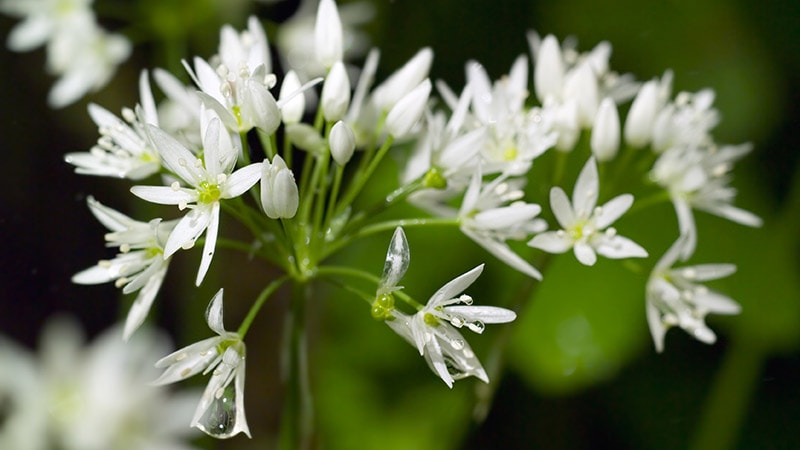FAQs About Working as a Hospitalist FAQs About Working as a Hospitalist
May 6, 2025Does Immunosuppression Prevent PAH in Systemic Sclerosis? Does Immunosuppression Prevent PAH in Systemic Sclerosis?
May 6, 2025
France’s National Agency for Food, Environmental and Occupational Health Safety (ANSES) is warning the public about the risk of confusing colchicum with wild garlic, a mistake that can lead to serious poisoning — and in some cases, death.
Colchicum (Colchicum autumnale) and wild garlic (Allium ursinum) are wild plants that grow in similar woodland environments during spring. While wild garlic is edible, colchicum is highly toxic. Although the flowers of the two plants differ significantly, colchicum blooms only in autumn, meaning the springtime harvest of leaves occurs when neither plant is flowering — making visual distinction difficult.
Less commonly, colchicum may also be mistaken for wild leek (Allium polyanthum).
Two Deaths Reported
Between 2020 and 2022, French poison control centres recorded 28 cases of confusion between colchicum and wild garlic or wild leek. The poisonings occurred from March to May, peaking in April. The harvested leaves were typically consumed in pesto or cooked in salads, quiches, or sautéed dishes.
Half of the individuals developed significant or prolonged symptoms such as persistent vomiting or diarrhoea. Four people experienced life-threatening complications, including severe gastrointestinal, liver, and blood disorders. Two deaths were reported.
The severity of the poisoning depends on the quantity of leaves ingested, the variable colchicine concentration in the plant, and potential interactions with commonly used medications, such as macrolide antibiotics or vitamin K antagonists, which can increase toxic risk.
Key Differences
Wild garlic grows to 15-40 cm and has a distinct garlic smell, especially when its leaves are crushed. It produces white star-shaped flowers between April and early June. Its bulb is elongated and white.
Colchicum, by contrast, has purple flowers that only bloom in autumn, and its bulb is round and dark. Its leaves emerge in February to March; are thick, stemless, and rounded at the tip; and appear to grow directly from the ground. All parts of the colchicum plant are toxic.
Wild garlic typically grows in large patches in shaded, damp woodlands, valleys, or along streams. Its leaves are generally shiny, oval, and pointed, each attached to a distinct stem.
ANSES Recommendations
To avoid potentially fatal errors, ANSES urges wild garlic foragers to:
- Avoid improvisation — only harvest plants you can confidently identify.
- Check for a garlic odour by crushing each leaf.
- Avoid collecting large bunches, which may mix edible and toxic species.
- Do not consume any plant if there is any doubt about its identification.
- Stop eating immediately if the taste is bitter or unpleasant.
- Photograph the harvested plants, which can help healthcare professionals identify the species in case of poisoning.
If symptoms — particularly digestive issues — occur within hours of eating dishes containing wild garlic or wild leek, or if there is any doubt:
- Call a poison control centre immediately.
- Consult a physician without delay.
This story was translated from Univadis France using several editorial tools, including AI, as part of the process. Human editors reviewed this content before publication.
